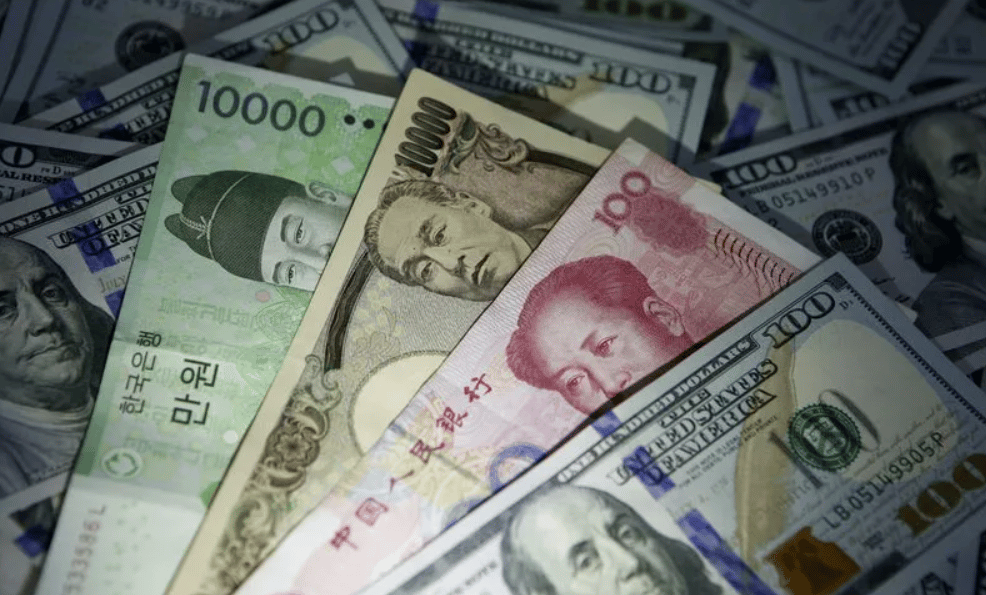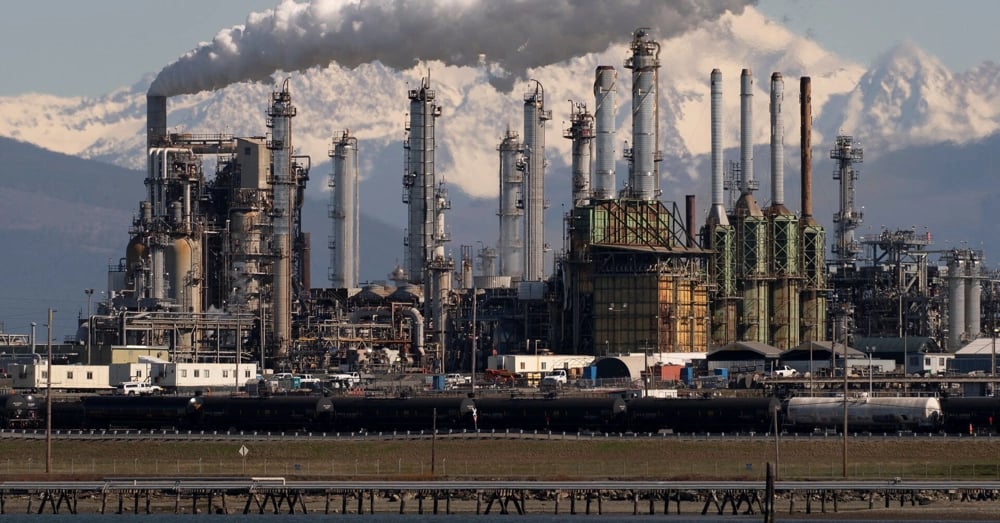Asian Manufacturing Activity Contracts in May as USD Tariffs and Weak China Demand Weigh on JPY, KRW Economies
Manufacturing output across Asia declined in May 2025, underscoring renewed challenges in export-dependent economies. Recent private sector surveys revealed that industrial activity fell for a second straight month, driven by weakening demand from China and escalating tariff-related pressures from the United States. With official Chinese data confirming a sustained downturn and manufacturing PMIs in Japan and South Korea remaining in contraction territory, concerns are growing about the durability of the region’s industrial recovery.
The reintroduction of U.S. tariffs on automobiles and high-tech components—especially under the current administration of President Donald Trump—has disrupted regional trade flows and added another layer of stress to supply chains already contending with slowing global demand.
China’s Factory Slump and U.S. Tariffs Fuel Regional Weakness
China, the world’s second-largest economy and a core hub for regional supply chains, saw its manufacturing sector shrink in May for the second consecutive month. The contraction highlights persistent fragility in both domestic consumption and export markets. Despite stimulus efforts by Beijing, the downturn is spreading across Asia.
In Japan, industrial output remained in decline as the country struggles with softer global orders and a yen (JPY) that has lost competitiveness. Meanwhile, South Korea’s manufacturing economy, heavily reliant on semiconductors and automotive exports, was hit hard by fresh U.S. import duties and declining shipments to China.
Protectionist measures imposed by the U.S., particularly tariffs on electric vehicles and key components, are contributing to a fragmented trade environment. As a result, Asian firms are reassessing production strategies and investment outlooks.

Key May Manufacturing Data
China: Manufacturing PMI below 50 for second month — signals contraction
Japan (Nikkei PMI): Remains in contraction, driven by export declines
South Korea: Factory output down amid U.S. tariffs and weak demand
U.S. trade policy: New duties on auto imports exacerbate export challenges
Currency impact: JPY and KRW volatility adds further headwinds to trade
Extended Analysis: Market Reactions and Industrial Outlook
Markets in the region reacted cautiously to the data. Equities in Tokyo and Seoul posted modest losses, while regional indices such as the MSCI Asia ex-Japan edged lower. The Japanese yen (JPY) and South Korean won (KRW) came under pressure amid weaker economic indicators and investor concerns over prolonged trade tensions.
Manufacturers across the region are signaling a shift toward supply chain diversification, particularly away from overreliance on Chinese demand and U.S. market access. Some are redirecting exports to Southeast Asia or pursuing digital transformation initiatives to offset margin compression.
Industry analysts suggest that if the downturn in China persists and U.S. trade policy remains restrictive, Asia’s industrial engine could stall further in the second half of 2025. However, central banks in Japan and South Korea are expected to maintain accommodative monetary stances to support domestic demand.

Key Economic Insights
China’s slowdown persists: Manufacturing remains weak despite policy support.
Tariff shock: U.S. import duties reduce export competitiveness across Asia.
Currency dynamics: JPY and KRW depreciation yet to provide export lift.
Supply chain reorientation: Firms seek resilience through regional diversification.
Monetary easing expected: Local central banks may adjust rates to stimulate growth.
Asia’s Industrial Base Faces Structural Challenges
May 2025 marked a significant downturn in Asia’s manufacturing cycle, revealing both cyclical pressures and deeper structural vulnerabilities. With China’s demand weakening and U.S. tariff policy disrupting trade stability, regional economies face a complex operating environment. While monetary easing and diversification may offer near-term relief, sustaining industrial growth will require a recalibration of trade strategies and regional cooperation.
The contraction in factory activity not only signals short-term economic headwinds but also raises questions about Asia’s evolving role in the global production ecosystem as geopolitical risks reshape the rules of engagement.















Comments
Strategic moves like this show a deep commitment to future-ready innovation